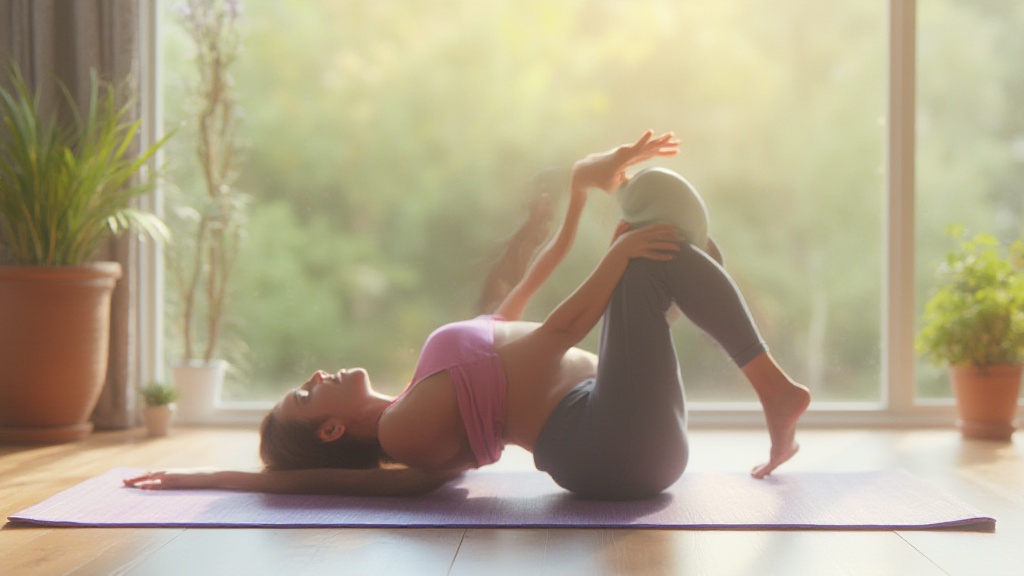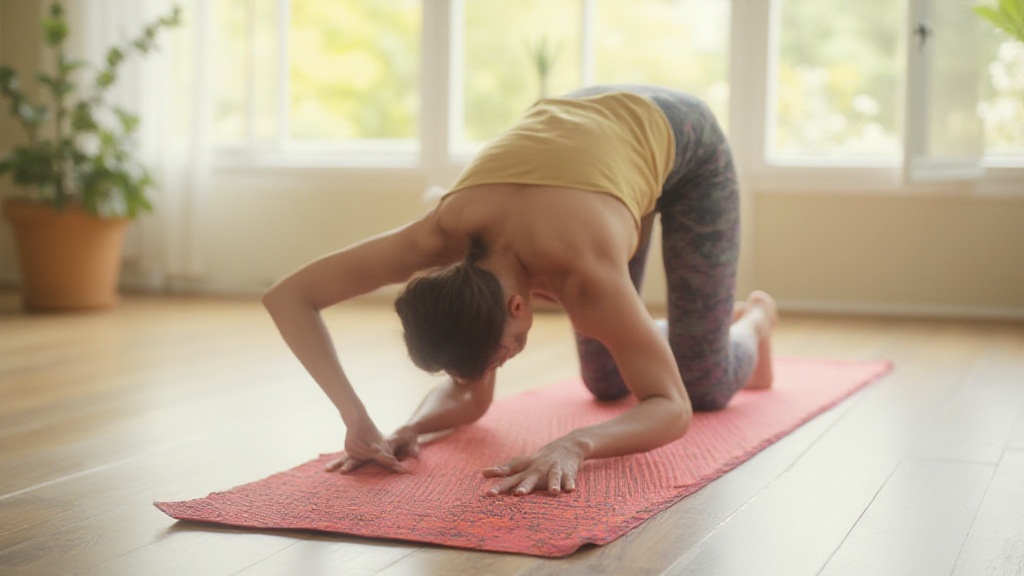
Effective glute activation stretches are essential for maximizing athletic performance. By incorporating these stretches into warmup routines, athletes can significantly enhance strength and stability, which directly impacts various physical activities.
Optimizing muscle engagement through these stretches not only improves mobility work but also aids in injury prevention during exercise.
Strengthening the gluteal muscles facilitates better control and coordination, leading to more efficient movement patterns.
Thus, pinpointing the anatomy and function of the gluteal muscles is critical in appreciating their role in enhancing performance.
Gluteal Muscles Function
The gluteal muscles are comprised of three primary components: the gluteus maximus, gluteus medius, and gluteus minimus. Each muscle has a specific function that contributes to overall movement efficiency.
The gluteus maximus is primarily responsible for driving hip extension, generating power for dynamic activities such as sprinting and weightlifting. In contrast, the gluteus medius plays a vital role in maintaining hip stability and supports lateral movements.
The gluteus minimus assists with hip abduction and stabilization.
Assessing Glute Activation
To evaluate glute activation during exercises, practitioners can implement specific assessments.
Performing single-leg stands and hip thrusts are effective methods to gauge unilateral strength. These exercises not only promote optimal muscle function but also significantly enhance athletic performance.

Effective Activation Exercises For Beginners
Incorporating activation exercises into a fitness regimen significantly benefits beginners by optimizing overall performance while preventing injuries. Focus on performing bridges and clamshells, as these exercises effectively engage the gluteal muscles.
To start with bridges, lie on your back with your knees bent, lift your hips towards the ceiling while tightening your glutes, and hold the position for a few seconds.
This exercise enhances both strength and stability in the lower body.
Next, perform clamshells by lying on your side, ensuring your knees remain stacked while raising the top leg.
This movement targets the often-overlooked gluteus medius, improving hip stability and aiding in the prevention of muscle imbalances. For optimal results, aim to complete a routine consisting of 3 sets of 10-15 repetitions, allowing for adequate recovery time between sets.
Key Stretching Routines For Activation
Effective stretching routines are essential for enhancing glute flexibility and activation.
Incorporating stretches such as the Figure Four Stretch and the Seated Forward Bend can lead to notable performance improvements. To begin with the Figure Four Stretch, lie on your back and cross one ankle over the opposite knee, gently pulling the uncrossed leg towards your chest.
This stretch promotes hip mobility while effectively targeting the glutes.
Next, the Seated Forward Bend involves sitting with your legs extended and reaching towards your toes, assisting in overall flexibility.
Integrating these stretching routines into your warmup exercises by holding each position for 20-30 seconds can significantly enhance performance and reduce the risk of lower back pain.
Tip: Consistent practice of these stretching techniques improves muscle engagement and flexibility, contributing to better athletic performance during workouts.
- Activation exercises like bridges and clamshells effectively engage the gluteal muscles, enhancing lower body strength and stability.
- Stretching routines such as the Figure Four Stretch and Seated Forward Bend improve hip mobility and overall flexibility.
- Consistent practice of activation exercises and stretching can reduce the risk of injuries and muscle imbalances.
- Incorporating these routines into warmup exercises can lead to better athletic performance and decreased lower back pain.
How Does Hip Stability Impact Performance
Effective hip stability significantly influences athletic performance. The gluteal muscles are essential for maintaining proper hip alignment, which directly enhances movement efficiency.
Strong glute function allows athletes to generate greater power, improving capabilities in running, jumping, and lifting.
Incorporating activation exercises like glute bridges and single-leg deadlifts can markedly enhance hip stability.
These exercises encourage the glutes to engage effectively, providing the necessary support for the hips. Consequently, athletes with optimized hip stability often experience improved endurance and a reduced risk of injury during various sports activities.
The Role of Glute Function in Stability
Gluteal muscles are integral to maintaining hip stability.
Proper activation of these muscles ensures the alignment of the pelvis and spine, reducing instances of lower back pain. Strong glutes contribute to overall core stability, which is vital for maintaining control during physical exertion.
Targeted exercises can enhance glute engagement, fostering better performance and reducing fatigue.
Injury Prevention Through Targeted Stretching
Incorporating targeted stretching routines is essential for preventing injuries, especially those related to tight gluteal muscles.
Flexibility plays a significant role in injury prevention by improving range of motion and overall performance.
Common injuries often stem from muscle imbalances and tightness, particularly in the glutes, which can lead to strains. An effective stretching routine may include dynamic leg swings and static holds that elongate the glutes, enhancing flexibility.
Regular practice of these stretches can prepare athletes for high-intensity activities, promote recovery, and significantly improve movement mechanics during training and competitions.
Stretching Routines for Injury Prevention
Athletes benefit greatly from integrating flexibility training into their fitness routines. Stretching not only improves mobility but also prepares the body for rigorous demands.
Specific stretches like hamstring and quadriceps stretches can alleviate tension in the glutes, thus preventing injury.
Incorporating dynamic stretches before workouts warms up the muscles, ensuring optimal performance while minimizing risks.
| Aspect | Impact |
|---|---|
| Hip Stability | Enhances athletic performance and movement efficiency |
| Glute Activation Exercises | Improves hip stability and power generation |
| Targeted Stretching | Prevents injuries related to tight gluteal muscles |
| Flexibility Training | Increases range of motion and reduces muscle imbalances |
Flexibility Training For Enhanced Athletic Performance
Optimal athletic performance hinges on the integration of flexibility training into exercise regimens. Flexibility significantly enhances athletic capabilities, particularly in dynamic sports where movement efficiency is key.
Gluteal muscles play a significant role in maximizing performance; increased glute flexibility optimizes lower body movements, which are essential for activities like sprinting and jumping.
An effective exercise to boost flexibility is the Figure Four Stretch.
To execute it, lie on your back, cross one ankle over your opposite knee, and gently pull the uncrossed leg toward your chest. Consistent practice of this stretch improves glute mobility, contributing to better athletic outputs.
Exploring Muscle Imbalances And Solutions
Muscle imbalances considerably affect athletic performance, particularly when gluteal muscles are involved.
Identifying common glute muscle imbalances, such as weak gluteus medius muscles or tight gluteus maximus, reveals how they can lead to poor posture and movement dysfunction. Recognizing these imbalances impacts the efficiency of athletic activities.
Effects of Muscle Imbalances
Muscle imbalances can significantly hinder performance outcomes.
- Poor posture leads to compensatory movement patterns.
- Injury susceptibility increases, especially in the lower body.
- Overall athletic performance diminishes, resulting in less effective training.
Strategies for Correcting Muscle Imbalances
Implementing targeted exercises can effectively address these muscle imbalances and improve athletic performance:.
- Clamshells: Strengthen weak glutes, enhancing hip stability.
- Hip Flexor Stretches: Alleviate tightness in the hip area, promoting better movement quality.
These strategies not only correct muscle imbalances but also foster improved performance and injury prevention, ensuring athletes can perform at their best.
Flexibility and Muscle Imbalances
- Studies show that increased flexibility can enhance athletic performance by improving movement efficiency.
- Research indicates that muscle imbalances can lead to a higher risk of injuries, particularly in athletes.
- Targeted strength training exercises, like clamshells, can effectively correct glute imbalances and improve overall athletic performance.
- Regular flexibility training, such as the Figure Four Stretch, has been linked to better mobility and reduced injury rates in athletes.
Benefits Of Dynamic Stretches In Warmup
Incorporating dynamic stretches into your warmup routine can significantly enhance muscle activation, particularly of the gluteal muscles. Engaging in specific movements, such as high-knees and waking lunges, effectively targets these muscles, which play a critical role in overall strength and stability.
Strengthened glutes contribute not only to improved athletic performance but also to better balance, enabling athletes to execute more powerful movements.
A comprehensive warmup that prioritizes activation exercises reduces the risk of injury, especially strains and sprains, by promoting proper alignment.
These benefits are linked to increased hip stability and improved mobility work.
To effectively incorporate dynamic stretches into your routine, dedicate 5-10 minutes to exercises such as butt kicks and banded walks, preparing your body for the demands of your workout.
Dynamic Stretches in Warmup
- Dynamic stretches enhance muscle activation, particularly in the gluteal muscles.
- Engaging in movements like high-knees and waking lunges improves overall strength and stability.
- A comprehensive warmup reduces the risk of injuries, such as strains and sprains.
- Incorporating activation exercises leads to increased hip stability and improved mobility.
